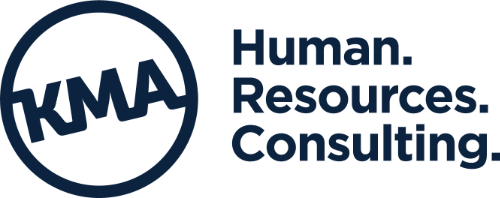At work or at home, we need predictability in our lives. Too many changes and surprises can be unsettling. Irregular income and out-of-the-ordinary expenses are two financial factors that can throw us off kilter—unless, that is, we learn how to manage the unpredictable roller coaster of uneven cash flow.
Many people get steady paychecks for approximately the same amount every two weeks. On the expense side, bills are usually monthly, involving routine things such as mortgages and car payments. Managing money isn’t difficult when everything occurs consistently on a monthly basis. If inflows and outflows don’t match up, things get complicated.
Assessing Inflows and Outflows
Uneven cash flow can be related to inflow, outflow, or both. Many people have irregular income due to their jobs or other factors. They might be small-business owners, seasonal workers, freelancers, people who count on commissions or bonuses—or even those supplemented by “Grandma’s” occasional gift checks.
Expenses are different. We all have uneven outflows some time during the year, because not all bills arrive on a monthly basis for manageable amounts. For example, insurance can be paid monthly, quarterly, every six months, or annually, depending on the type of insurance and carrier.
Managing Irregular Income
Often those with irregular income must pay bills today when money will come in next week. Businesses handle this using either a line of credit or a cash reserve. Individuals and self-employed/small business owners, however, can get into debt problems without the right strategy.
The goal is to make “irregular” income “regular” so money is available for expenses regardless of when expected inflow arrives.
Like businesses, individuals and self-employed/small business owners can accomplish this using either credit or a paycheck account—and the latter is definitely the better option.
- Credit: Using a credit card or line of credit and paying it off when money arrives is risky. It’s tempting to rationalize splurges by thinking you’ll pay it off later. Credit is fast and convenient, and you don’t have to keep a lot of cash in the bank, but I don’t recommend this deceptive road to debt. The consequences are much greater for you than for a business.
- Paycheck account: Open a savings account that’s your “paycheck account” and always deposit your income there. Pay yourself a regular paycheck biweekly or every month by transferring a set amount to your checking. Savings account interest rates are low now, but you’ll eliminate any potential for incurring credit-card interest payments. This gives you an instant raise!
Start building your paycheck account when a larger inflow comes in, such as a check for completing a major project. Be disciplined about increasing that reserve over time so you can begin paying yourself regularly.
Managing Irregular Expenses
You might be doing very well using my no-budget system when suddenly a very large bill appears that your income can’t cover. The options and techniques for managing irregular expenses are similar to those for irregular income:
- Credit: You can pay irregular expenses with credit. This is bad news for all the reasons mentioned earlier.
- Cash reserve account: The ideal solution is opening another savings account that’s your cash reserve and making periodic small deposits toward larger expenses. Your cash reserve account helps you turn large irregular expenses into predictable monthly ones. For example, your auto insurance policy is $600 annually. You can pay $55 each month, but yearly is cheaper because it’s the equivalent of $50 per month. Therefore, you deposit $50 into your cash reserve account every month. When the $600 auto insurance bill comes, your payment is ready. You’ve skipped the $5 monthly finance charge while earning a little interest to boot.
A single savings account can serve as a cash reserve for multiple irregular expenses, including life insurance, disability insurance, estimated taxes, heating oil, and so on. You can track sub-funds in your reserve account, but this is optional.
A cash reserve account is for anticipated future expenses. It’s an entirely different account than your emergency savings (911 fund), which is for unforeseen irregular expenses such as a job loss or major car repairs.
Creating Predictability
To keep inflow separate from outflow, maintain a separate paycheck account (if needed) and cash reserve account. That way you won’t be tempted to combine them and take a “bonus” when you see extra money that’s temporarily in your reserve account. Two accounts might mean a little more effort, but they’ll give you the benefit of mental accounting and keep you honest.
The pain of credit card debt is so excruciating that it makes the low interest offered on savings accounts a pleasant option. Enjoy mastering uneven cash flow with your paycheck account and a cash reserve. The sense of control is worth it!
